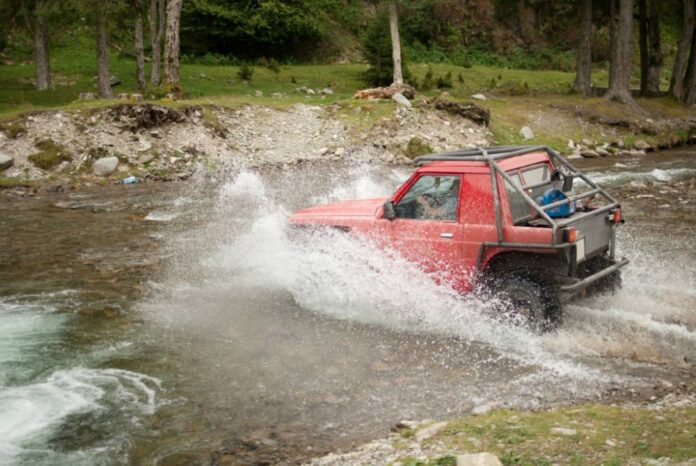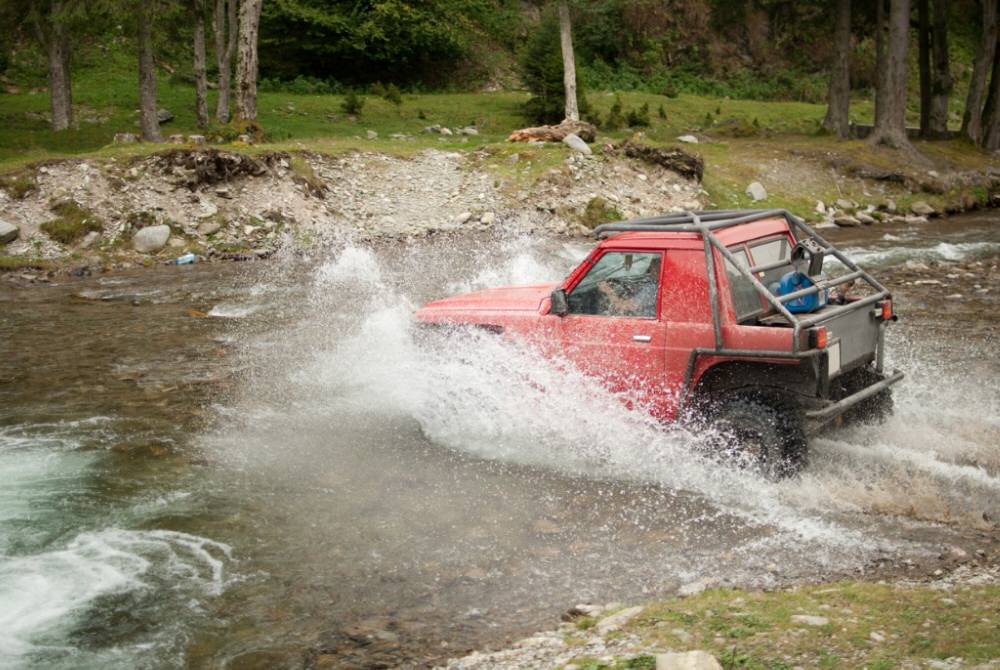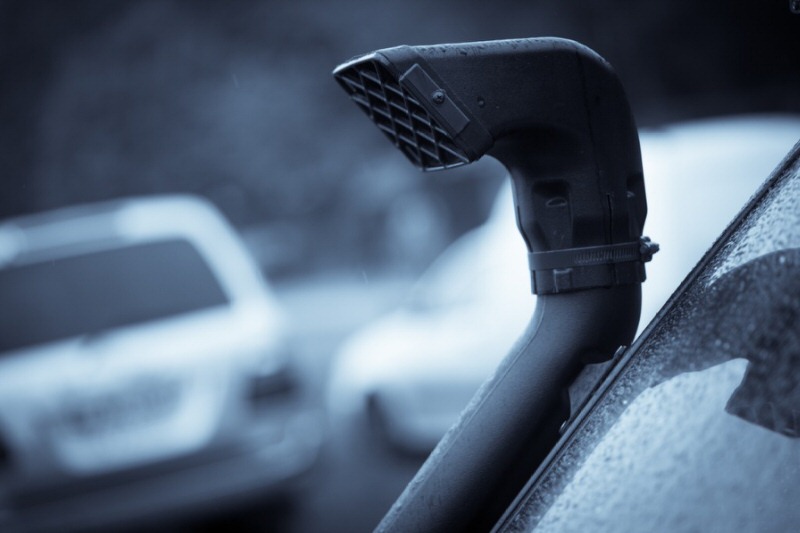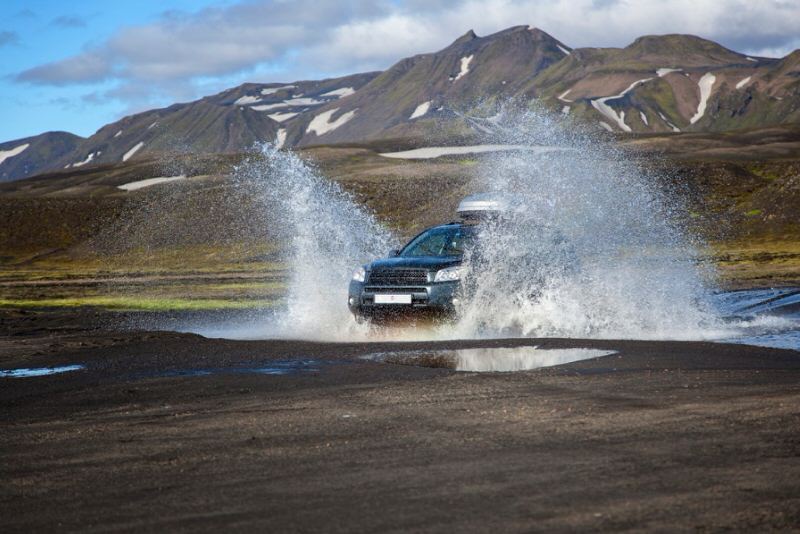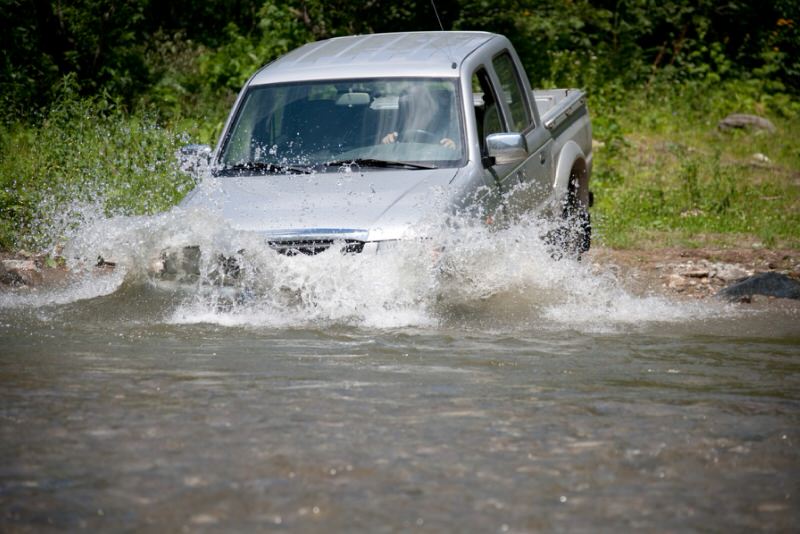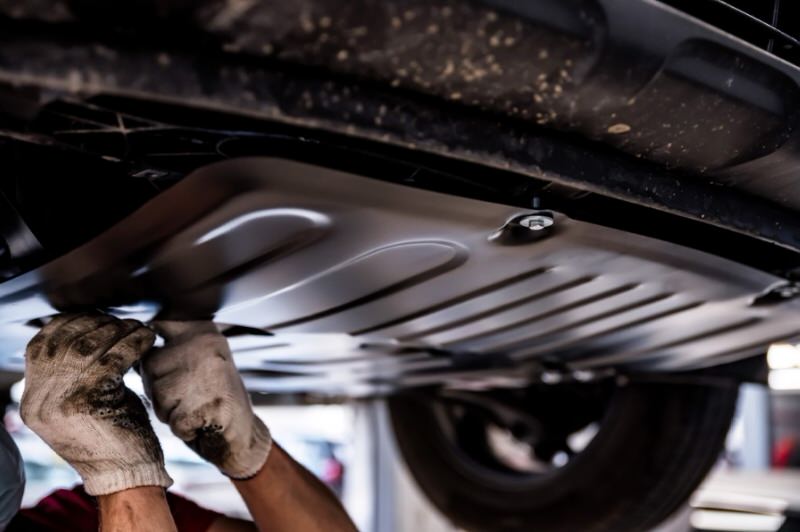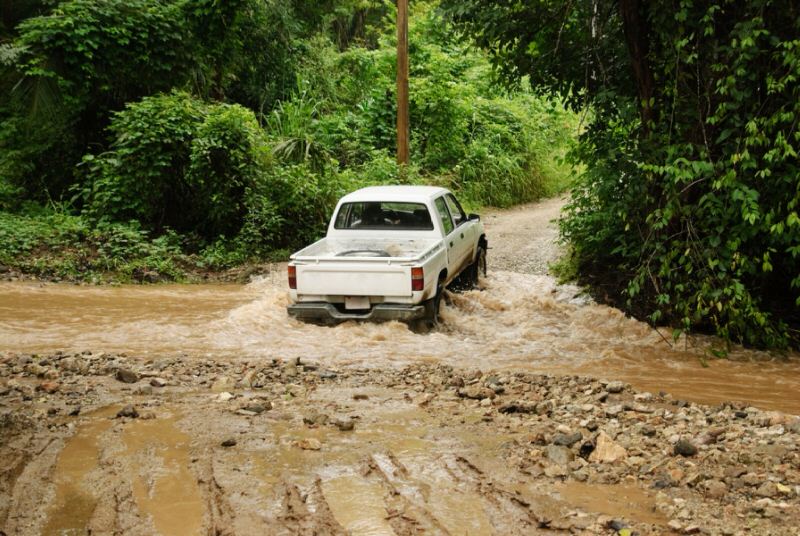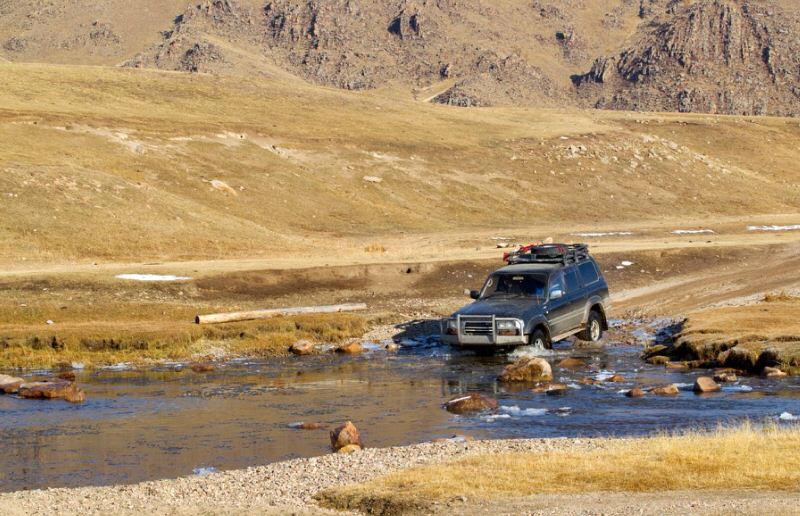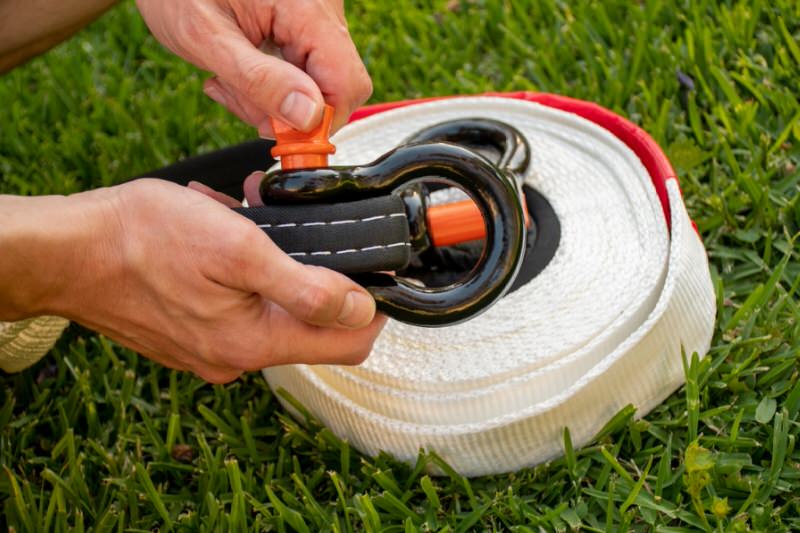photo by tytyeu via iStock
A deep river crossing might be the coolest thing you can do in a 4WD. You’ve seen the photos – the truck’s hood deep in water surrounded by lush forest while the driver’s veins are flooded with adrenaline. It all sounds good – that’s until it goes wrong, and if it does – you can kiss your beloved 4WD goodbye.
The risk factor is what makes it so appealing though – if it was easy, we wouldn’t be drawn to it – that’s just human nature. Right?
Anyhow, there are a few must-have accessories and tips you can follow to ensure your 4WD won’t become a submarine, and that’s exactly what we are getting into today with these tips on how to prepare your 4WD for river crossings.
Get a Snorkel
photo by bizoo_n via iStock
A snorkel has multiple purposes. It provides cold air from outside the engine bay, clean air from up high which helps keep your air filter clean on a dusty trip and prevents your engine from ingesting water during water crossings.
Make sure that the whole intake system is sealed from water and dust. For this to be achieved some air box fabrication work may be required.
How to Prepare Your 4WD For River Crossings: Upgrade the Diff Breathers
photo by DieterMeyrl via iStock
All 4WDs have diff breathers from the factory, and it’s their job is to let air in or out of the diff depending on temperature variations. The problem with the factory ones is that they are not long enough. Therefore, if the breather opens up while underwater it will suck water into your diffs. To avoid that, you can accessorize your vehicle with longer diff breathers that are mounted into the engine bay instead of on top of the axle.
Gas Engines and River Crossings
photo by alexandrumagurean via iStock
Gas engines need a bit more attention before taking them out for a swim. Use some vaseline or any other water repellent spray on your distributor, coil pack, or spark plug wires to help keep water away from those areas.
Water crossing blankets which are meant to keep water out of the engine when crossing rivers are also available.
How to Prepare Your 4WD For River Crossings: Underbody Protection
photo by Oskanov via iStock
When crossing a river there is a high chance of bottoming out on rocks or stumps that may not be visible above the water line. Underbody protection will keep all crucial components safe in such situations.
Learn More:
- What is the Minimum Ground Clearance for Off-Roading?
- Why Off-Roading in a Full-Size Truck is a Great Idea
Before You Cross
photo by freie-kreation via iStock
When you come up to a river crossing the first thing you should do is stop. Let the 4WD cool down for 5 minutes before you plow through cold water. During those five minutes take your time to assess the crossing. Check the depth, current, and how soft or hard the bottom is.
Always look for big rocks or holes that might not be visible when looking into the river. I am afraid that the best way to check all of the parameters mentioned above is by actually walking the river. If you do need to walk it, take into account any potential animals that might be living in it – you don’t want to become crocodile dinner after all.
How to Prepare Your 4WD For River Crossings: During the Crossing
photo by oksanaphoto via iStock
If you are in a vehicle with a manual transmission, avoid changing gears during the crossing because you will lose momentum and traction. Maintaining a steady speed during a river crossing is key. Using your rear diff locker may also be a good idea as it will help gain more traction on slick rocks or muddy riverbeds.
Have a Snatch Strap Attached to Your Vehicle’s Recovery Points
photo by Daria Nipot via iStock
If a river crossing looks a bit too intimidating, attach a snatch strap to your 4WD and secure it somewhere to ensure it doesn’t get dragged along the river. If you get stuck, this will be the quickest way for your mates to grab the strap and get you out.
These are just a few of the accessories you need to have and tips you need to follow if you are planning on doing any serious river crossings. What do you think? Have we left anything behind?



